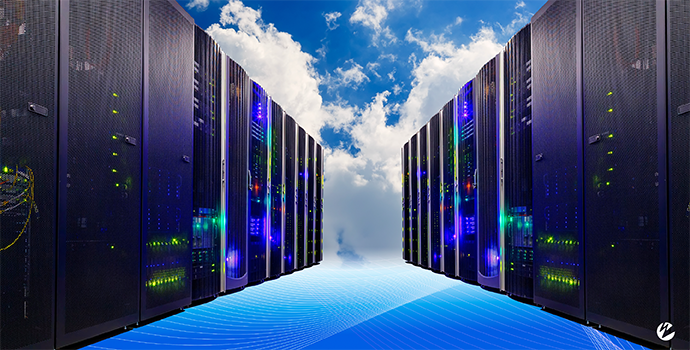Cloud Transcoding: What It Is and Why You Need It

May 24th-25th marks the first time that Streaming Media East was held in person for over three years. Attendees discussed numerous topics over two days in Boston, but a key takeaway was the continued pace of innovation — driven in no small part by the rapid acceleration of streaming during the recent pandemic — especially when it comes to cloud services replacing on-premises solutions.
One solution discussed at length was harnessing the power of cloud services to transcode video. While it’s possible to use on-premises computing to transcode, the sheer volume of content generated over the past three years — as well as the fact that much of this content is being acquired in 4K (2160p) — makes cloud transcoding a more compelling proposition (even if on-demand streaming content is delivered over the web at data rates and resolutions closer to 720p or 1080p).
As a result of this increase in quality capture and overall content creation growth, on-premises transcoding struggles in 2022 to keep up with even the simplest workflows from 2019. And that’s where cloud transcoding comes into play.
Rather than having multiple computers sitting in an on-premises rack, often idling between big transcoding jobs, the concept in cloud-based transcoding is to assign instances of computing power to a given transcoding job at a given time.
In between these times, the computing instances — which can be one of several virtual machines (VMs) on a single, powerful server or can be actual servers themselves — will be reassigned to other tasks or even other customers.
One argument for on-premises transcoding is that the transcoding process can be performed quickly by harnessing the power of computers used for video editing. This works on the assumption that the most adept on-premises computing is designed to handle 4K, 6K, or even 8K editing at 50-110 megabytes per second, so any given transcoding job — reducing the content down to a lower resolution and lower data rate — is much easier for that same powerful computer.

Unfortunately, there are two issues with this: first, performing multiple transcodes on the editing computer impacts the ability to actually edit on the same computer.
Second, and more importantly, modern on-demand streaming systems rely on multiple renditions of a single file at varying resolutions and data rates. These are collectively referred to as renditions, and a given file may need to be converted into multiple data rates (called transrating) or even multiple codecs (true transcoding) as well as being integrated with multiple audio streams (called transmuxing).
The net result would be to tie up on-premises computing for multiple hours of transcoding a single 30-minute master file. Conversely, cloud-based transcoding can handle all the tasks, across various bitrates and resolutions, by simultaneously spinning up multiple computing instances.
Rather than do that, consider using cloud-based transcoding to accelerate the overall delivery workflow. Many on-demand transcoding solutions also offer a way to deliver the on-demand content to streaming viewers.
How long does it take to upload the master file to a cloud-based transcoding solution? Our testing over the years has shown that it takes less than one-quarter of the time to upload a master file than it does to transcode five renditions on an on-premises general purpose transcoding computer.
A final benefit to some potential cloud transcoding customers is eliminating the need to buy additional on-premises transcoding computers. This lowered capital expenditure (CapEx) is replaced by the operational expense (OpEx) of renting time on cloud-based transcoding systems.
As such, your mileage may vary, and you’ll want to find a cloud transcoding provider that offers simple pricing mechanisms, such as the number of minutes transcoded. Also, look at the pricing around the storage of multiple renditions across multiple codec types. The CapEx-OpEx balance often reverses itself as the number of transcodes increases. Still, the assumption at this point is that enough revenue is flowing in to then revisit whether it makes more sense to acquire on-premises equipment or continue using cloud-based transcoding services.




